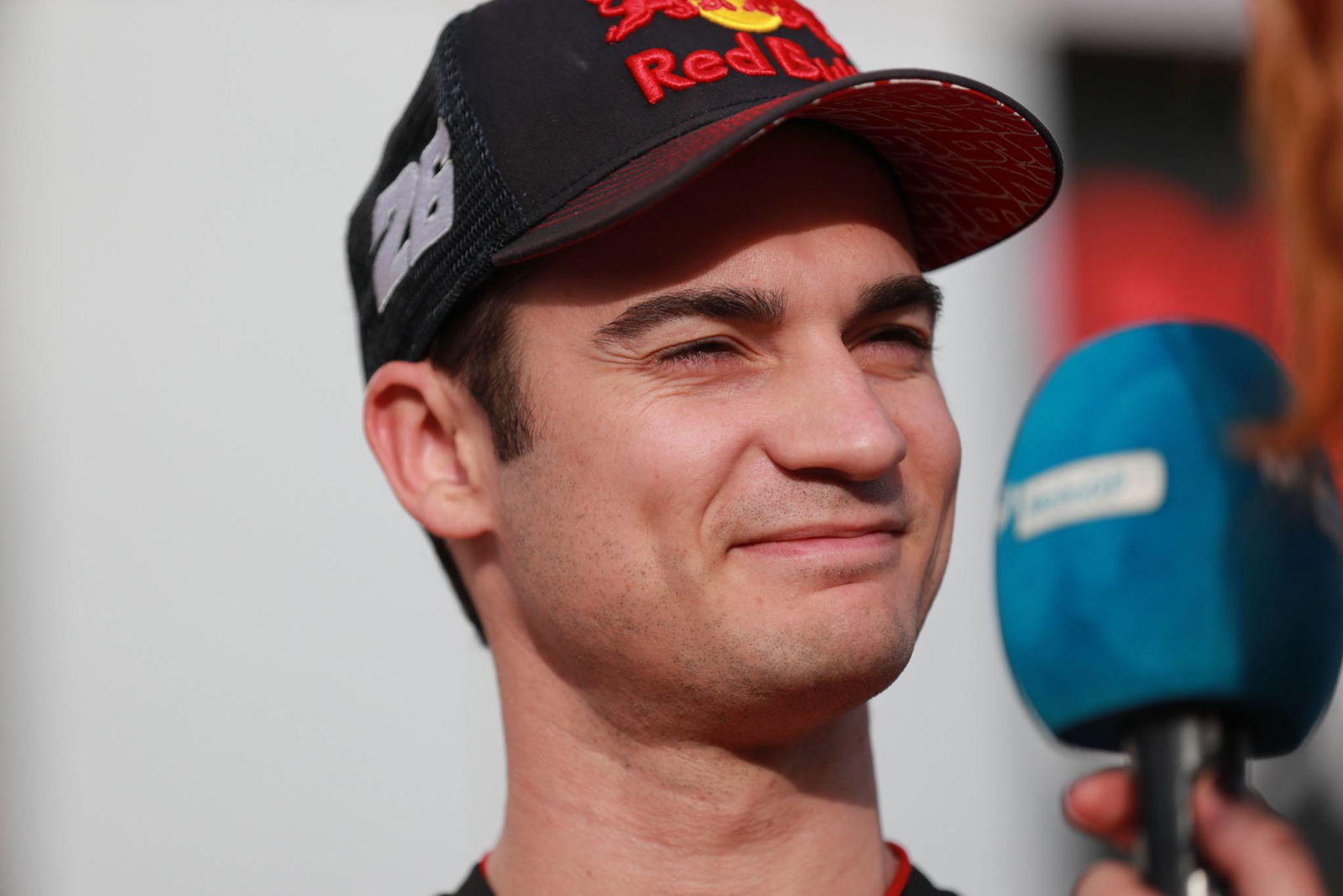MotoGP rules update: Tyres, testing, airbags…
TYRES FOR MotoGP CLASS QUALIFYING
It was previously agreed that riders who progressed from QP1 to QP2 are allocated an extra rear tyre. It has now been agreed that such riders will also be allocated an extra front tyre.
The specification of the tyres available has also been confirmed.
The wording of the regulations on this matter has been amended to:

TYRES FOR MotoGP CLASS QUALIFYING
It was previously agreed that riders who progressed from QP1 to QP2 are allocated an extra rear tyre. It has now been agreed that such riders will also be allocated an extra front tyre.
The specification of the tyres available has also been confirmed.
The wording of the regulations on this matter has been amended to:
Riders who participate in both QP1 and QP2 qualifying sessions (maximum 2 riders) will be allocated one extra front tyre of their preferred specification, (therefore, if taken, a maximum of 6 of that specification) and one extra rear slick tyre of specification A (highest grip level) after QP2 (therefore, if taken, a maximum of 7 of specification A).
In the case that QP1 and QP2 sessions are both declared wet by the Race Director, the extra tyres allocated will be rain tyres (of the specification the rider prefers for both front tyre and rear tyre). In the case that QP1 and QP2 sessions are declared as different weather conditions (dry or wet) then no extra tyre will be allocated.
TEST RESTRICTIONS MotoGP CLASS
MotoGP class teams and Factories had previously agreed to a reduction in the number of testing days permitted for contracted riders. The policy is partly a reaction to the increased number of races in the calendar but also seeks to reduce costs and the workload of team and technical supplier staff.
The first agreement was to eliminate one of the three-day winter tests outside of Europe [no Thailand test in 2019 - Crash.net]. The teams have now agreed to further reductions that will become effective in the 2018/2019 season,
The Grand Prix Commission have approved regulation changes incorporating the proposals from the teams. The practical effect on the 2018/2019 testing Programme is that maximum testing with contracted riders in teams not benefiting from concessions will be:
- Two-day official test in Valencia following the final GP of 2018.
- Two-day official test at Jerez in late November 2018 [previously a private test - Crash.net].
- Three-day official test at Sepang in early February 2019.
- Three-day official test at Losail approximately two weeks before the 2019 Grand Prix at that circuit.
- Three, one-day official tests on Mondays after 2019 events. Venues to be confirmed after publication of the calendar.
- One, two-day official test at a circuit in Europe during the season. Venue to be confirmed after publication of the calendar. (As per existing rules this test may not be within 14 days prior to the event at the same circuit and not during the test ban period.)
Note: The new regulations do not apply to riders in teams which benefit from concessions. Testing regulations for such riders remain unchanged.
RIDER’S AIRBAG REGULATIONS
With effect from the 2018 season it was compulsory for all riders to start each session with a functioning airbag system within their race suit that meets the FIM standards.
The only exceptions to these regulations were wild cards and replacement/substitute riders who were exempt for their first two events of the season.
Following an incident at the Mugello GP, where a wild card rider not using an airbag suffered extensive injuries [Michele Pirro - Crash.net], the Grand Prix Commission, after consultation with the medical staff and the clothing manufacturers have made the following changes to the relevant regulations:

